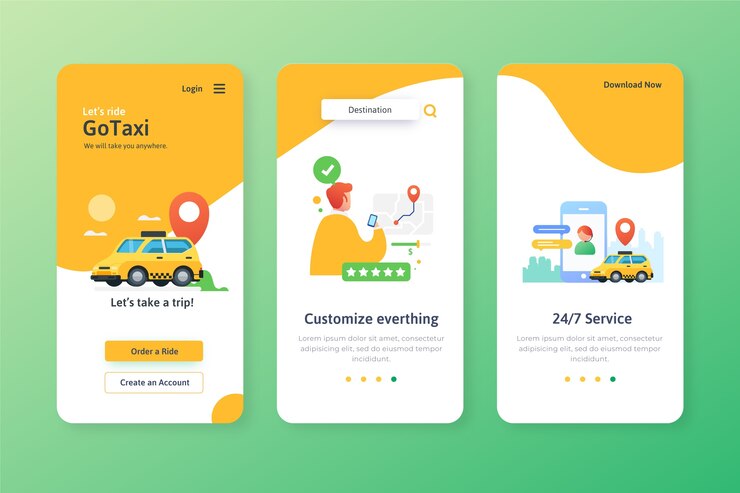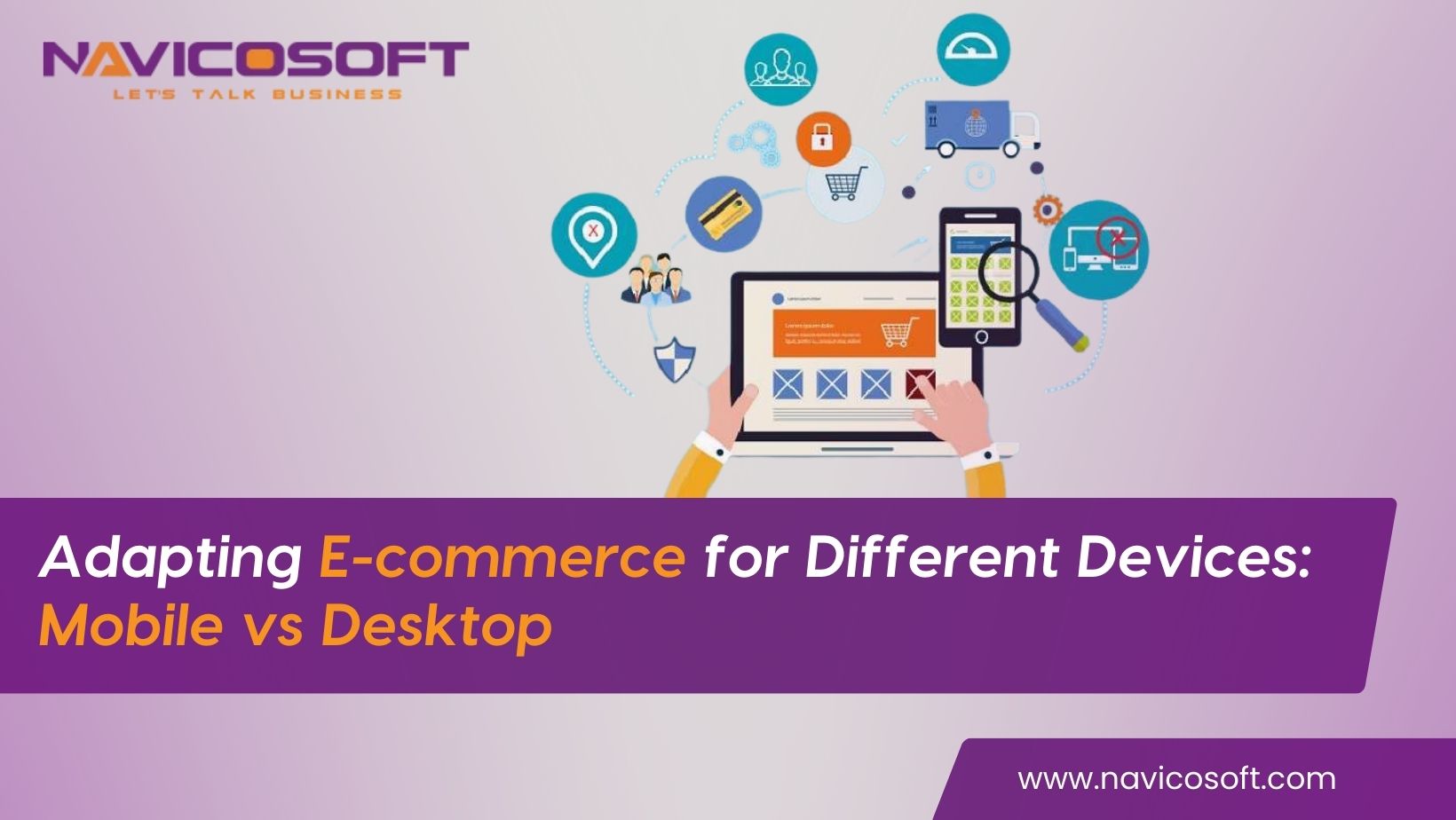In densely populated, multiethnic cities, where parking is a major problem, many residents opt to hail cabs through their smartphones. The enormous demand for individual automobile rides has programmers investigating the feasibility of creating a taxi booking app and releasing it to regional and global markets. Statista predicts that the worldwide market for taxi booking apps will be worth an astounding $185.1 billion by 2026!
Startups and transportation businesses would do well to consider developing a clone app comparable to Lyft or Uber. Competition in the taxi booking app industry is heating up. Therefore, many businesses are developing their own taxi apps to meet customer demand. This trend is partly due to the meteoric rise of ridesharing companies like Lyft and Uber.
Achieving global recognition doesn’t mean you can’t learn from companies that have been there and done that. For instance, if you want to build cab booking software, you may study how Uber and Lyft operate economically and technologically.
Knowing the fundamentals of app development is not enough to create apps that are on par with Lyft and Uber. Consequently, it is essential to undertake a thorough market analysis report on the online taxi booking sector before engaging mobile app developers and starting the implementation phase for your online taxi booking app.
Understanding User Needs
Before diving into the technical aspects, prioritize understanding your target audience and their needs. Here are some key questions to consider:
- Target Market: Who are you building this app for? Commuters, business travelers, or a specific demographic?
- Location: Will your app cater to a single city, a region, or a global audience?
- Feature Set: What functionalities will differentiate your app from existing competitors?
You can tailor the app’s features to resonate with your target users by addressing these questions.
Must-Have Features for Your Taxi Booking App
Now, let’s explore the features that form the core of any successful taxi-booking app:
- User registration and login: Provide seamless registration options using email, social media logins, or phone numbers.
- Location Services: Utilize GPS technology to pinpoint user location for accurate pick-up and drop-off services.
- Ride Booking: Users can book taxis instantly or schedule rides in advance.
- Fare Estimation: Offer transparent fare estimates based on distance, time, and traffic conditions.
- Driver Information: Display driver details like name, photo, car model, and license plate number for user safety and peace of mind.
- Real-Time Tracking: Users can track the driver’s location on a map, providing an estimated arrival time.
- In-App Chat or Call: Facilitate communication between users and drivers for clarification or special requests.
- Multiple Payment Options: Integrate secure payment gateways for credit cards, debit cards, and digital wallets.
- Payment History: Maintain a record of past rides and transactions for user reference.
- Rating and Review System: This allows users to rate and review drivers, promoting accountability and maintaining service quality.
- Push Notifications: Send real-time alerts to users about ride confirmation, driver arrival, and trip updates.
- Promo Codes and Offers: Implement a system incorporating promotional codes and loyalty programs to attract and retain users.
Additional Features to Consider
While the above features are essential, consider these additional functionalities to enhance the user experience:
- Ride-sharing option: Users can share rides with others traveling along the same route, potentially reducing costs.
- Multi-Stop Bookings: Enable users to book rides with multiple pick-up and drop-off points.
- Ride Type Selection: Offer various vehicle categories at different prices to cater to diverse user preferences (e.g., sedans, SUVs, and luxury cars).
- Accessibility Features: Integrate features like voice commands and larger fonts to make the app accessible to users with disabilities.
- Corporate Accounts: Implement features for businesses to manage employee transportation needs.
Choosing the Right Tech Stack
The tech stack refers to the combination of programming languages, frameworks, and tools used to develop your app. Here’s a breakdown of the key components:
-
Front-End Development:
This determines your app’s interface (UI) and user experience (UX). Popular choices include:
- React Native: is a popular framework for building cross-platform apps (iOS and Android) with native-like performance.
- Flutter is another leading cross-platform framework known for its fast development speed and rich UI capabilities.
- Native Development (iOS – Swift/Objective-C, Android – Java/Kotlin): While requiring separate codebases for each platform, native development offers the ultimate control and performance.
-
Back-End Development:
This powers the server-side functionality of your app, handling data storage, processing, and communication. Popular options include:
- Node.js: a JavaScript runtime environment ideal for real-time applications with high scalability.
- Python: Python is a versatile language known for its readability and extensive library for web development.
- Java: is a mature and robust language suitable for handling complex back-end operations.
-
Database:
This stores all your app’s data, such as user profiles, ride bookings, and driver information. Popular choices include:
- MySQL: is a widely used relational database management system known for its reliability and ease of use.
- PostgreSQL: is another powerful open-source relational database offering advanced features and scalability.
- NoSQL Databases (e.g., MongoDB): These databases are suitable for storing large amounts of unstructured data and are often beneficial for managing real-time location tracking and ride history.
- Maps and Navigation: Integrate mapping services like Google Maps or MapKit to provide users with clear directions and real-time traffic updates.
- Payment Gateway: Securely process in-app payments using a trusted gateway like Stripe, Braintree, or PayPal.
- Push Notifications: To send real-time alerts to users, utilize push notification services like Firebase Cloud Messaging (FCM) or Apple Push Notification Service (APNs).
Development Considerations
- App Development Approach: Decide whether to build your app in-house with a team of developers, outsource development to a mobile app development company, or leverage low-code/no-code app builder platforms (suitable for basic functionalities).
- Scalability: Plan for future growth by choosing a tech stack that can handle increasing user demand and data volume.
- Security: Prioritize robust security measures to protect user data and financial information and ensure secure communication between app components.
Conclusion
A successful taxi booking app development requires careful planning, understanding user needs, and implementing the right features and technology stack. By focusing on a user-friendly experience, secure transactions, and real-time functionality, you can create a valuable tool that disrupts the traditional taxi industry and caters to the evolving needs of modern commuters. Remember, this is just a starting point. As the ride-hailing landscape continues to evolve, staying updated on industry trends and user preferences will be crucial for the long-term success of your taxi app.



